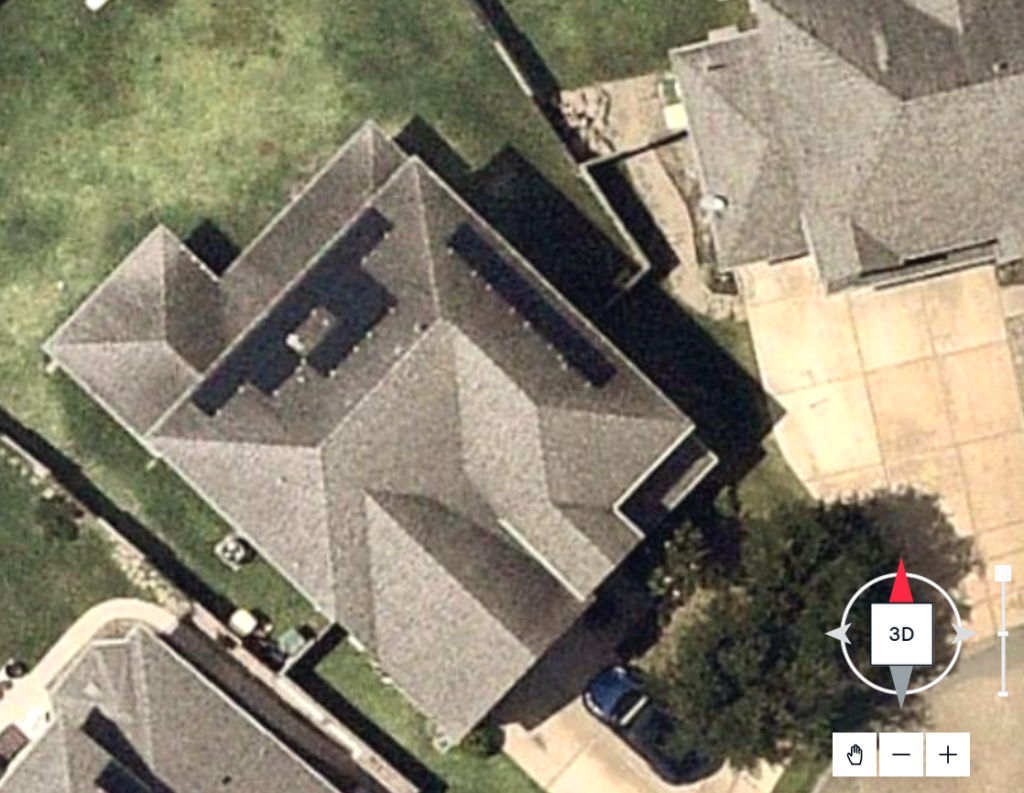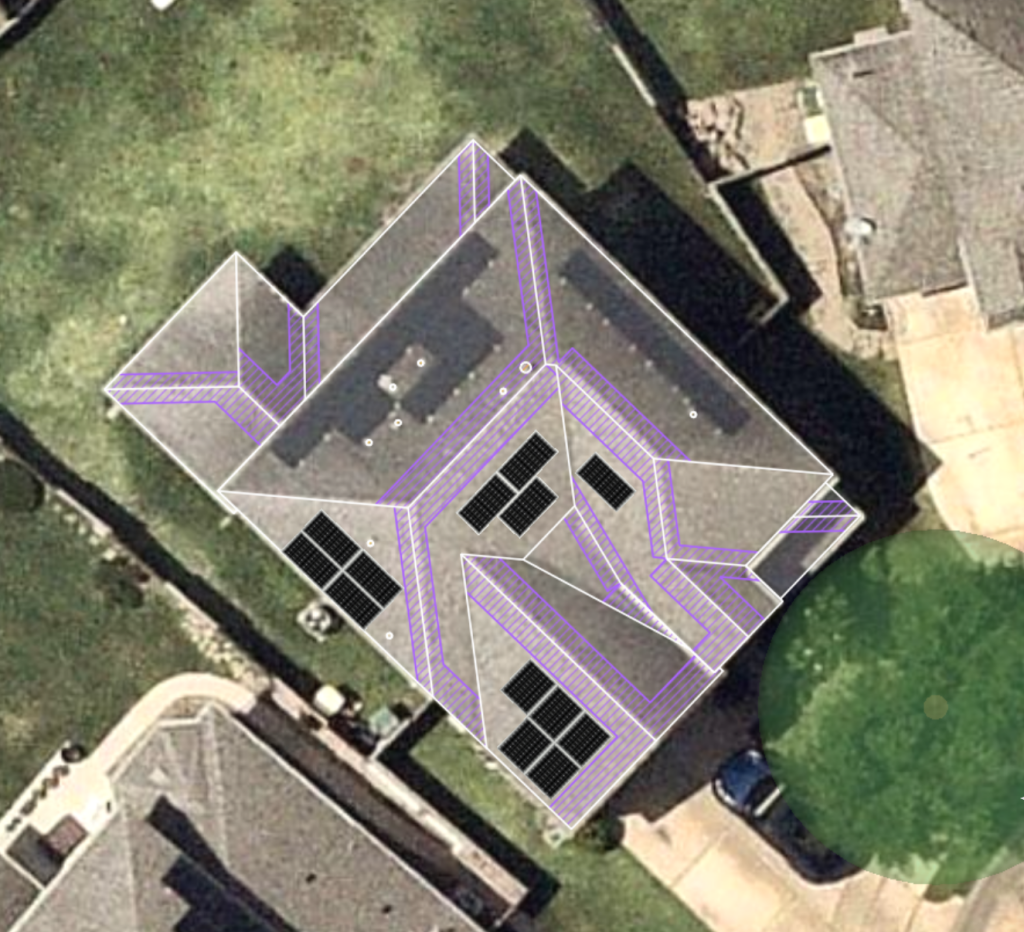
In the world of residential solar, details matter, and few details matter more than which way your roof faces. Yet across Texas, far too many solar salespeople overlook this simple but critical factor in their rush to close deals. The result: homeowners are left with systems that underperform from day one.
According to the San Antonio Express-News investigation, poorly engineered systems, including panels installed on shaded or north-facing roofs, are a leading source of homeowner frustration and complaints. The Texas Appleseed report reinforces this, highlighting that improper orientation is a key reason systems fail to deliver promised savings.
At Atma Energy, we take this seriously. Let’s explore why orientation matters, how we approach it differently, and what a few degrees can mean for your wallet.
The difference in a real example
Consider this real-world scenario: a customer was sold a 13-panel system installed on northwest and northeast-facing roofs. The estimated production? About 5,794 kWh/year.
But with no change in equipment, just relocating those same 13 panels to southwest and southeast-facing roofs, the estimated production would rise to approximately 7,874 kWh/year.
That’s a 36% increase in output with the exact same system.
Over the life of a 25-year warranty, that difference equates to roughly $10,000 in additional energy savings. The original installer simply placed panels where it was convenient, not where it made sense.
"The direction your roof faces can have a huge impact on how much solar energy you produce. In some cases, simply choosing south-facing roofs over north-facing ones can boost production (and savings!) by over 30%, with no added cost. That’s why we take a careful, customized approach to every system we design, ensuring each installation delivers maximum long-term value to our customers."
Juan Meza, Engineering Manager, Atma Energy
Visual comparison


Educational mini-lesson: understanding orientation and performance
Azimuth: The compass direction a roof surface faces. In Texas, roofs facing true south (azimuth 180°) typically yield the best solar exposure year-round.
Tilt angle: The angle between the roof plane and the horizontal ground. For Texas latitudes, a tilt between 25° and 35° often balances annual performance.
Shading ratio: The proportion of time when parts of the system are shaded. Trees, chimneys, and even neighboring homes can dramatically reduce output.
Seasonal sun paths: In Texas, the sun is higher in summer and lower in winter, making south-facing slopes more reliable for annual production.
Sidebar: the hidden costs of wrong orientation
Poor orientation choices aren’t just about fewer kWh. The impacts include:
Lost production over decades: 30% less output can erase much of the benefit of going solar.
Reduced return on investment: Payback periods stretch longer, diminishing financial value.
Premature degradation risks: Mismatch between system design and real-world performance can lead to inefficiencies that strain components and shorten system lifespan.
Atma’s process: why we get it right
We don’t guess, and we don’t rush.
Our approach combines:
Drone-based surveys for accurate roof modeling
3D software to simulate azimuth, tilt, and shading impacts
Interactive design proposals so homeowners can see projected performance under real conditions
As we described in Built for Trust: Our Public Solar Design Tool Explained and The Proposal That Speaks for Itself: How We Lay It All Out, transparency and engineering rigor define our process, from initial consultation to final proposal.
We simply won’t recommend a design that sacrifices long-term performance for a quick sale.
Conclusion
Orientation matters immensely. The wrong roof can cost you thousands in lost energy savings over the life of your system, and most homeowners won’t know until it’s too late.
At Atma Energy, we ensure every system we design is optimized for your unique home, your roof geometry, and the Texas sun.
If you’re considering solar or already own a system that isn’t delivering, please reach out. We’ll help you get it right.
North is not the new South. And that’s why Atma does things differently.
Next in the series
In-house means in control: why we don’t subcontract sales or installation — Next time, we will explain why Atma Energy does not subcontract sales or installation work to external companies, a practice that remains common in the solar industry. Instead, Atma directly hires, trains, and oversees the individuals who meet with homeowners and the crews who build the systems.